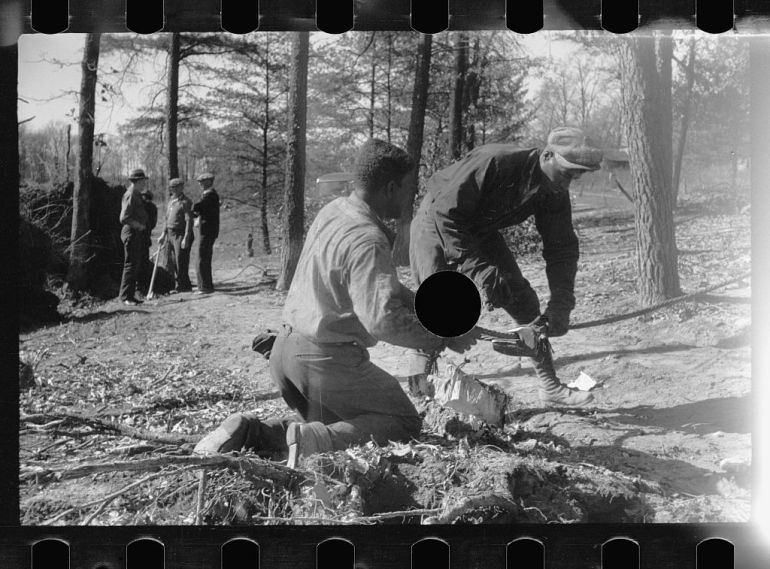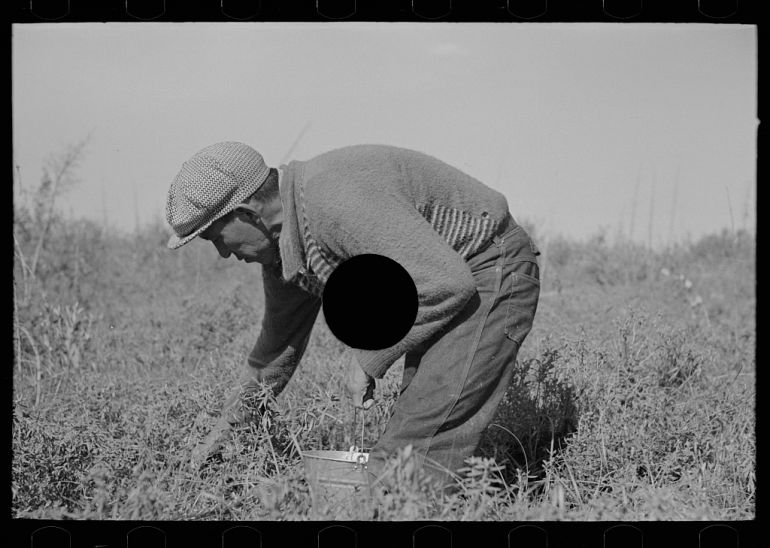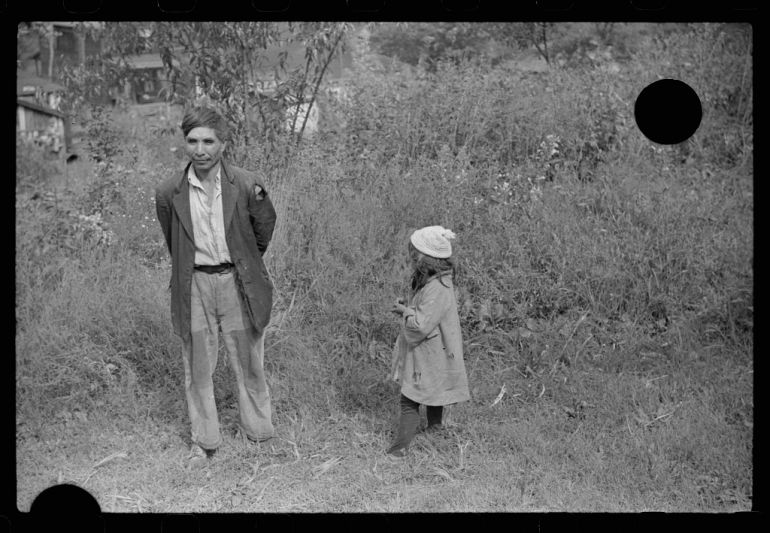In Pictures
History of America in hole-punched photos
During the Great Depression, the US government launched a project to portray the country’s reality. Here are the photos.
![Untitled photo, possibly related to: Transients clearing land. Prince George''''s County, Maryland [Mydans, Carl/ Library of Congress]](/wp-content/uploads/2017/11/93a754f53f134c20ab4f7dc4cf219229_8.jpeg?resize=770%2C513&quality=80)
During the Great Depression that started from 1929, the US government decided to launch a project to portray the country’s reality.
The project, the largest government-sponsored photography project, involved sending photographers across the country to document social problems in the US.
More than 150,000 photos were captured by photographers such as Dorothea Lange, Arthur Rothstein, Ben Shahn, Jack Delano, Gordon Parks, John Collier, Carl Mydans, Walker Evans and Marion Post Wolcott.
Roy Stryker, the director of the Farm Security Administration (FSA) documentary photograph programme, was the editor who was responsible for this project.
Stryker was considered by many a ruthless photo editor who used to hole-punch images that he considered were not good enough or unnecessary.
The decision to discard images was quick and troublesome for many.
“Roy was a little bit dictatorial in his editing and he ruined quite a number of my pictures, which he stopped doing later. He used to punch a hole through a negative. Some of them were incredibly valuable,” photographer Ben Shahn has been quoted saying.
As part of his working method, Stryker ensured the photographers were briefed well on their assigned areas before being sent out.
He also made sure that other publications had access to the material. This was a way of bringing public attention to the plight of the rural areas among other social issues.
This also helped the photographers set up their careers in the market.
Overall, from 164,000 developed negatives, around 77,000 prints were made for the press.
During World War II, the FSA was reassigned to the Office of War, but it was disbanded shortly afterwards, the holdings of the FSA’s photographic unit were transferred to the Library of the Congress.


![[Untitled photo, possibly related to: "Frenchy" caretaker of the old lumber camp, Gemmel, Minnesota]](/wp-content/uploads/2017/11/6e54877cec6e431b8c0538eada480bef_8.jpeg?fit=770%2C547&quality=80)

![[Untitled photo, possibly related to: Poor children playing on sidewalk, Georgetown, Washington, D.C.]](/wp-content/uploads/2017/11/65f8ec9e3cb34cc7a6947ea18a8c5b45_8.jpeg?fit=770%2C587&quality=80)
![Transients building bridge, Prince George''s County, Maryland [Carl Mydans/Library of Congress]](/wp-content/uploads/2017/11/61ec477cb32948d1b10d33454ca213ed_8.jpeg?fit=770%2C558&quality=80)